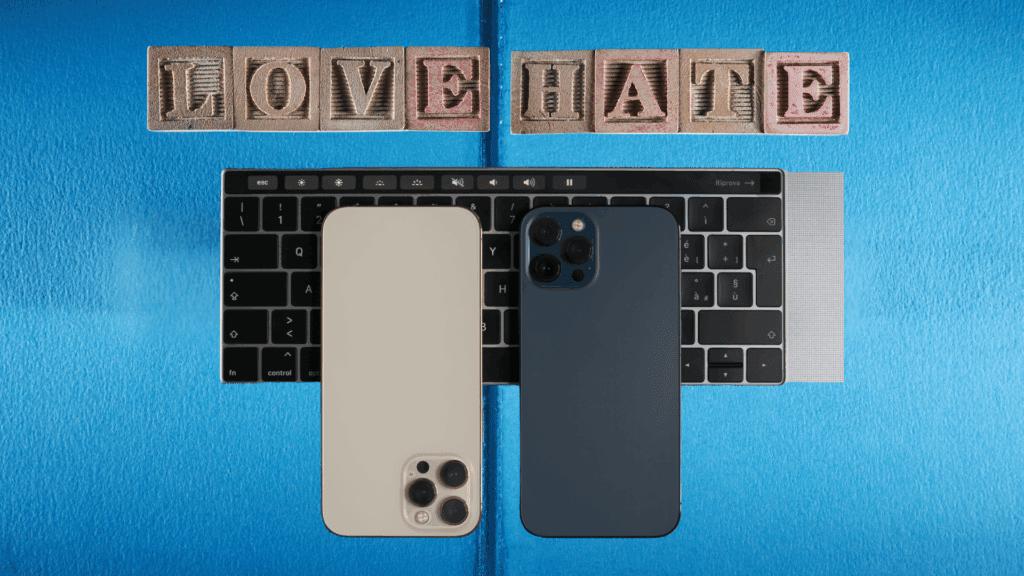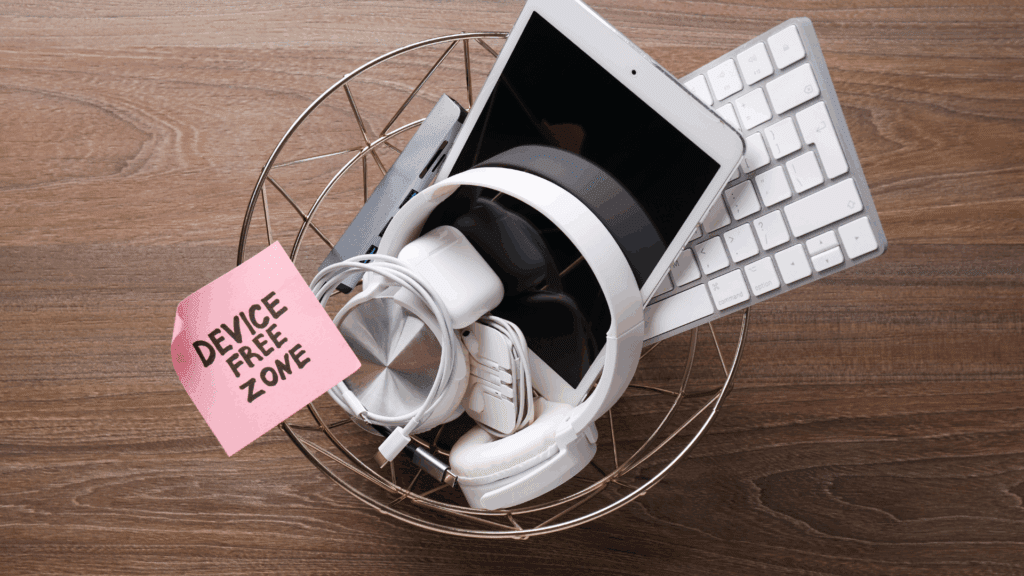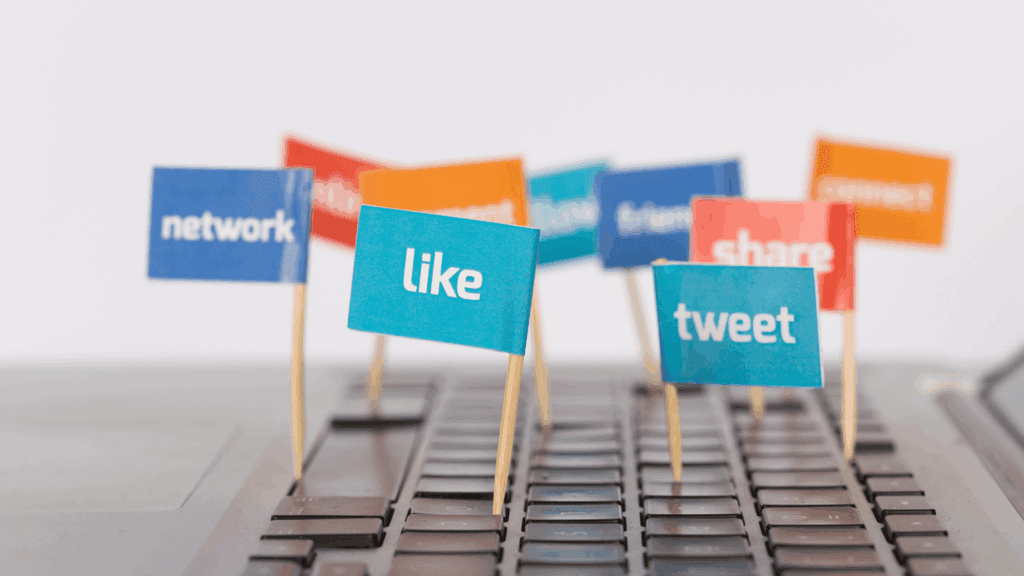When Notifications Rule Your Day
Every beep, buzz, and ping doesn’t just pull your attention—it hijacks your mind, scattering your focus and stealing precious moments you’ll never get back. In today’s hyperconnected world, digital devices are no longer just tools; they’re constant companions, shaping our routines from the moment we wake up to the last seconds before we fall asleep. The average person now spends over seven hours a day glued to screens, with work, social life, and downtime all blurring into one endless stream of notifications.
But beneath the surface of this digital convenience, something more profound is happening. Technology, meant to connect us, often leaves us feeling more drained, anxious, and isolated than ever before. You might catch yourself scrolling without thinking, missing out on honest conversations, or feeling a subtle emptiness even after hours online. If you’ve ever wondered whether your phone is running your life instead of the other way around, you’re not alone. The good news? A digital detox isn’t just possible—it’s transformative. This could be the reset your mind and life have been craving.

Why Your Brain Loves (and Hates) Your Phone
Have you ever wondered why it feels almost impossible to ignore your phone’s buzz or why you instinctively reach for it during any quiet moment? The answer lies deep in your brain’s wiring. Humans are naturally drawn to novelty and social interaction—traits that once helped our ancestors survive. In today’s world, every notification, like, or message is a modern “reward,” triggering a surge of dopamine, the brain’s powerful feel-good chemical.
App developers and tech companies are well aware of this. Social media platforms, news feeds, and messaging apps are intentionally engineered to keep you engaged for as long as possible. The unpredictable nature of notifications—never knowing when you’ll get a like or a message—creates a reward loop in your brain, much like the one that drives gambling or other addictive behaviors. Each time you check your phone and find something new, your brain receives a small surge of pleasure, prompting you to check again and again.
But there’s a downside. When your brain is constantly bombarded with digital rewards, it starts to crave more stimulation to feel normal. Over time, this leads to digital overload. You may notice it’s harder to concentrate, relax, or enjoy activities that don’t involve a screen. Simple pleasures, such as reading a book, having a conversation, or spending time outdoors, can start to feel less satisfying compared to the instant gratification offered by your device.
This relentless cycle of checking, scrolling, and seeking digital rewards can leave you feeling mentally exhausted, anxious, and disconnected from real life. You might catch yourself reaching for your phone without even thinking, losing track of time, and feeling more drained than refreshed after hours online. This is where a digital detox becomes essential. By taking intentional breaks from technology, you give your brain a chance to reset, restore its natural balance, and rediscover the joy of being present in the moment.

The Science of Screen Fatigue
Imagine your brain as a finely tuned orchestra, with each section working in harmony to create a unified whole. When you spend hours glued to screens, that harmony gets disrupted. The amygdala—the brain’s alarm bell—gets louder, firing up your stress and anxiety responses. This ancient structure evolved to keep you alert to danger, but in the digital age, it’s triggered by every urgent email, breaking news alert, or social media notification.
Meanwhile, your prefrontal cortex—the conductor of your mental orchestra—starts to lose its grip. This area is responsible for your highest-level thinking, including focusing, making informed decisions, and controlling impulses. When it’s overwhelmed by digital input, it can’t do its job well. You may notice that your attention span is shrinking, your memory is becoming fuzzier, and your emotions are becoming more challenging to manage.
What’s truly fascinating is that the brain doesn’t just passively react to screen time; it adapts. The more you flood your senses with digital stimulation, the more your brain rewires itself to crave that constant input. This is why you might find yourself compulsively checking your phone, even when you know it’s time to unplug.
Screen fatigue isn’t just about feeling tired—it’s a full-body experience. You may notice headaches, eye strain, or a sense of restlessness that makes it difficult to relax. Over time, your brain’s natural ability to find pleasure in simple, offline moments can fade, replaced by a restless urge for the next digital hit.
This is where a digital detox comes in. By stepping back from screens, you allow your brain’s stress circuits to quiet down, giving your prefrontal cortex a chance to regain control. This reset is essential for restoring mental clarity, emotional balance, and a renewed sense of focus in your daily life. Digital detox benefits extend beyond simply unplugging—they include enhanced mental clarity, improved mood, and stronger relationships in both personal and professional life.
The Hidden Costs of Constant Connection
Always being “on” can leave you feeling burned out. The pressure to respond to emails, texts, and notifications can cause chronic stress. Many people feel overwhelmed, irritable, or unable to relax—classic signs of digital fatigue.
Ironically, while technology is supposed to connect us, it can also make us feel isolated. Online conversations often lack the depth of face-to-face discussions, which can lead to misunderstandings and feelings of loneliness. Social media can also spark unhealthy comparisons, which can harm self-esteem and overall happiness.
Screens can also mess with your sleep. Blue light from devices stops your body from making melatonin, the hormone that helps you sleep. Scrolling late at night can make it harder to fall asleep and leave you tired the next day. Excessive screen time can also lead to eye strain, headaches, and poor posture.
Resetting Your Brain: The Power of a Digital Detox
If you’re wondering what is a digital detox, it’s a planned break from screens and digital devices to help your mind and body reset. A digital detox is a planned break from digital devices, including smartphones, computers, tablets, and social media. The goal isn’t to ditch technology forever, but to reset your relationship with it. This gives your brain and body a chance to recover from too much stimulation.
Taking a digital detox helps your brain’s reward system get back to normal. Dopamine levels even out, and cravings for constant stimulation go down. Your prefrontal cortex gets stronger, making it easier to focus, plan, and manage emotions. Even a short digital detox can:
- Lower stress and anxiety
- Lift your mood
- Sharpen your focus
- Boost creativity and problem-solving
- Improve your sleep
A digital detox also helps you reconnect with the people around you. Spending more time offline can deepen relationships, improve communication, and make life feel more satisfying. There are various digital detox programs available, each designed to help individuals reduce screen time, manage their technology use, and restore balance in their daily lives.

Paola’s Story: From Overwhelmed to In Control
Many people find that their first digital detox experience is eye-opening, revealing just how much more present and creative they can be without constant digital distractions.
Paola, a dynamic marketing executive in her late thirties, came to me at a breaking point. Her days were a blur of back-to-back Zoom meetings, endless email chains, and a constant stream of social media notifications. The first thing she did each morning—even before getting out of bed—was check her phone. Throughout the day, her smartwatch buzzed with reminders and messages, and at night, she found herself scrolling through news feeds and Instagram reels until her eyes burned.
Paola described feeling like she was “living in a fog.” Her sleep was shallow and restless, her creativity had vanished, and her mind raced with anxiety. She confessed that she couldn’t remember the last time she’d finished a book, enjoyed a meal without checking her phone, or truly listened to her children’s stories at dinner. Even when surrounded by family, she felt disconnected—her mind always half-occupied by the digital world.
Together, we mapped out a digital detox plan tailored to Paola’s lifestyle and goals. She began with small but powerful changes: plugging her phone in across the room at night, dedicating her first waking hour to quiet reflection and journaling instead of emails, and setting clear “no screen” zones at home, especially at the dinner table and during family walks.
We also worked on identifying her digital triggers. Paola realized she reached for her phone whenever she felt bored, stressed, or uncertain about what to do next. Instead of mindless scrolling, she started keeping a sketchbook nearby to doodle or jot down ideas, and she rediscovered her love for baking and evening strolls in the park.
The transformation was remarkable. Within a few weeks, Paola’s sleep deepened, her anxiety eased, and she felt her focus sharpening. She noticed she was laughing more with her kids, feeling inspired at work, and even savoring the quiet moments she used to fill with screen time. Most importantly, Paola felt a renewed sense of control and freedom—no longer a prisoner to her devices, but a leader in her own life, fully present and energized for what mattered most.

Your Digital Detox Game Plan
The benefits of digital detox include reduced stress, improved sleep, greater focus, and a renewed sense of connection with yourself and others.
Step 1: Notice Your Habits
Start by tracking your screen time for a week. Notice when, where, and why you reach for your devices. Are you using technology to connect, create, or escape boredom or stress?
Step 2: Draw the Line
Set clear times or places where you’ll unplug. Maybe it’s no devices at meals, tech-free evenings, or a “digital Sabbath” each week. Let friends and coworkers know about your boundaries so they can support you.
Step 3: Fill the Gaps
A digital detox isn’t just about cutting out screens—it’s about filling that space with meaningful activities. Rediscover hobbies, spend time outdoors, or have honest conversations. These activities help your brain learn to find pleasure and reward in offline settings.
Step 4: Use Tech on Purpose
When you do use digital devices, do it mindfully. Turn off non-essential notifications, use focus apps, and take regular breaks to stay productive. Mindfulness practices, such as deep breathing or brief meditations, can help you stay aware of your tech habits.
Step 5: Check In and Adjust
After your digital detox, think about what worked best. Which changes made the most significant difference? How can you keep mindful of technology use as part of your daily life?
Why Mindful Tech Use Works
Mindful technology use is the foundation of a successful digital detox. It means being fully aware of how, when, and why you interact with your devices, instead of letting habits or impulses take over. Neuroscience reveals that practicing mindfulness with technology can strengthen the prefrontal cortex—the part of the brain responsible for decision-making, impulse control, and emotional regulation. This means that when you consciously choose when to check your phone or respond to notifications, you’re training your brain to resist distractions and avoid falling into the trap of endless scrolling.
A digital detox that incorporates mindfulness doesn’t just reduce screen time; it also enhances your ability to focus, manage stress, and stay present in the moment. Over time, mindful tech use boosts creativity, empathy, and self-reflection. You become more attuned to your own needs and the people around you, making it easier to build meaningful relationships both online and offline. By intentionally balancing your digital life with regular, mindful breaks, you develop greater mental flexibility and resilience, which are key to long-term well-being.

Ancient Brains in a Digital World
Our brains evolved in environments where novelty and social connection were vital for survival. The human mind is hardwired to seek out new experiences and form bonds with others, which once helped our ancestors find food, avoid danger, and build supportive communities. However, today’s digital world leverages these ancient drives by offering a constant stream of novelty—news updates, social media notifications, and entertainment—right at our fingertips.
This evolutionary mismatch is a significant reason why digital detox is so necessary in the modern age. The endless novelty and virtual social rewards delivered by our devices can easily overwhelm our brains, leading to digital fatigue, anxiety, and even addiction. Understanding that your urge to check your phone is rooted in ancient survival mechanisms can help you approach digital detox with self-compassion and curiosity, rather than guilt or shame. By recognizing these patterns, you can take proactive steps to regain control and foster a healthier relationship with technology.
Small Steps, Big Changes
Embarking on a digital detox doesn’t require a dramatic overhaul of your life. Research shows that small, consistent changes are the most effective way to build lasting habits. Start by setting clear, achievable goals for your digital detox, such as turning off notifications during meals, designating device-free hours each evening, or leaving your phone in another room while you sleep.
Accountability can make a big difference. Share your digital detox plans with a friend, family member, or life coach who can encourage you and celebrate your progress. Every small win matters, whether it’s reading a book instead of scrolling before bed or spending an afternoon outdoors without checking your phone. Anticipate challenging moments—such as boredom or the urge to check social media—and have healthy alternatives ready, like taking a walk, practicing deep breathing, or engaging in face-to-face conversation with someone.
Over time, these small steps accumulate into significant changes. As you continue your digital detox journey, you’ll notice improvements in your focus, mood, and overall sense of well-being.

The Power of Community
Digital habits are shaped not just by personal choices, but also by the people and environments around us. That’s why community support is a powerful tool for anyone undertaking a digital detox. When you join a group or participate in a digital detox challenge, you gain access to encouragement, fresh ideas, and shared experiences that can make the process more enjoyable and sustainable.
Consider inviting your friends, family, or colleagues to join you in a digital detox. You might organize a weekend without screens, start a book club, or check in with each other about your progress. Sharing your journey helps you stay motivated and accountable, and it can even inspire others to reflect on their use of technology. In professional settings, teams that embrace digital detox practices often report higher engagement, better collaboration, and a more positive work environment.
Bringing Digital Detox to Work
The workplace is one of the most common sources of digital overload. Endless emails, virtual meetings, and constant notifications can sap creativity, lower productivity, and increase stress. Leaders who prioritize mindful technology use not only improve their well-being but also set a powerful example for their teams.
Encourage device-free meetings, schedule regular screen breaks, and create clear boundaries around after-hours communication. By modeling these digital detox strategies, leaders can foster a culture of balance and innovation. Workplaces that support digital well-being tend to experience higher morale, reduced burnout, and stronger overall performance. When digital detox becomes part of your professional routine, you unlock greater focus, creativity, and satisfaction at work.
Looking Ahead: The Future of Digital Detox
As technology continues to evolve, so will the challenges and opportunities it brings. The future of digital detox is not about rejecting technology, but about learning to use it in ways that support your mental health, goals, and values. By blending insights from neuroscience, psychology, and real-world experience, you can create a personalized digital detox plan tailored to your unique needs and lifestyle.
The key is to stay curious and flexible. As new devices, platforms, and digital habits emerge, revisit your digital detox strategies and adjust them as needed. Remember that mindful technology use is an ongoing practice, not a one-time fix. By incorporating digital detox into your routine, you’ll continue to reap the benefits of improved focus, enhanced well-being, and deeper connections with both yourself and the world around you.
#digitaldetox #mentalhealth #mindfulness #technology #neuroscience #wellness #personaldevelopment #productivity #lifestylechange #stressmanagement




